News
CBR® (Cord Blood Registry®), the world's largest newborn stem cell company, has announced the publication of the results of the first clinical trial evaluating the use of autologous umbilical cord blood in children with acquired sensorineural hearing loss (SNHL).
Co-principal investigators, Dr. James Baumgartner, MD and Pediatric Surgeon at Florida Hospital for Children, and Linda Baumgartner, Certified Auditory Verbal Therapist at Little HEARoes and Clarke Schools for Hearing and Speech, performed the study at the Florida Hospital for Children. The study was published in August 2018 by the Journal of Audiology & Otology, and institutional funding was provided solely by CBR, a California Cryobank Company.
As part of their commitment to help advance the science of newborn stem cells, CBR funded this phase 1 pilot study to assess the safety and preliminary efficacy of infusions of autologous umbilical cord blood in 11 children with acquired SNHL.
The study demonstrated that the cord blood infusions were safe, feasible, and well tolerated. In addition, 45% of participants showed improvements on Auditory Brainstem Response (ABR) after their infusion.
"We found a statistically significant improvement in a measure of hearing based on one of the tests we performed," said Dr. Baumgartner. "This may be an indication that newborn stem cells help the ear repair itself in some children with hearing loss."
The study provides the first clinical evidence in humans to support this hypothesis. Dr. Baumgartner went on to say, "Although the exact mechanism of action is unknown, unique properties of the cord blood cellular components are believed to spur regeneration of the cilia (hair) and support cells within the cochlea."
SNHL is defined as hearing loss due to damage or dysfunction of the inner ear (as opposed to other structures of the ear). This can be a result of premature birth, infections, or exposure to noise or ototoxic drugs, resulting in irreversible damage to the fragile hair cells (cilia) in the inner ear.1
Although hearing aids or cochlear implants help to improve the ability to hear in individuals who have SNHL, these current interventions don't address the underlying cause. Currently, there is no cure for SNHL.
"A child's hearing ability affects the development of language skills and future academic and social development," says Linda Baumgartner. Today, approximately 15% of children have some form of low or high frequency hearing loss, and 40% of young adults with hearing loss experience a limit in daily functioning.2,3
"These preliminary findings build on results from previous animal model studies4that demonstrated human umbilical cord blood helps restore hearing function," says Dr. Jaime Shamonki, Chief Medical Officer of CBR and California Cryobank Life Sciences. She further noted, "Given the pilot nature of this study, participants were not paired with matched controls. However, given that SNHL does not improve with age or other therapies, ABR thresholds would not be expected to improve spontaneously in these children, regardless of concurrent use of hearing aids or speech therapy. We have good reason to believe that cord blood stem cells played a role in improving ABR in these children."
"We're excited to see what future research may hold," said Heather Brown, Vice President of Scientific & Medical Affairs for CBR. "We hope that newborn stem cell therapies will help broaden the options available for children with acquired hearing loss and other conditions. Expectant parents should be made aware of the one-time opportunity to preserve their child's cord blood, as it is a pristine source of hematopoietic stem cells as well as other potentially useful cells."
For the past 30 years, cord blood stem cells have been used to rebuild healthy blood and immune systems as part of a stem cell transplant. They've helped more than 40,000 patients worldwide with certain cancers, blood disorders, and immune disorders as part of a stem cell transplant, from both donated and privately banked cord blood.5 It's also being researched for its potential to be used for conditions like autism and cerebral palsy.
As an industry leader with over 800,000 stored samples, CBR has funded multiple FDA-regulated clinical trials for conditions that have no cure today. Through their Family Health Registry™ (FHR) community, client families are the first to know about clinical trials that could potentially help their immediate family. The 11 children who participated in this study are all CBR clients whose cord blood was preserved at the time of birth.
Article originally appeared on BioSpace.
Leave a comment
Your email address will not be published. Required fields are marked *


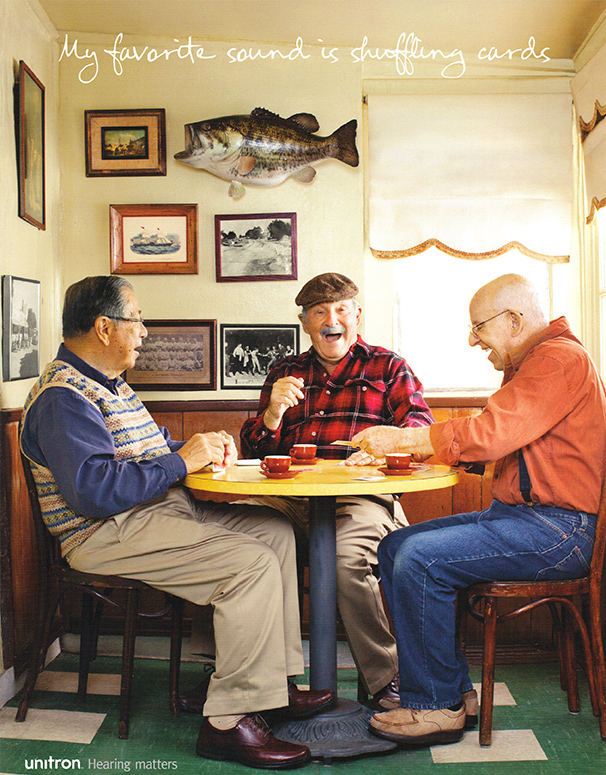
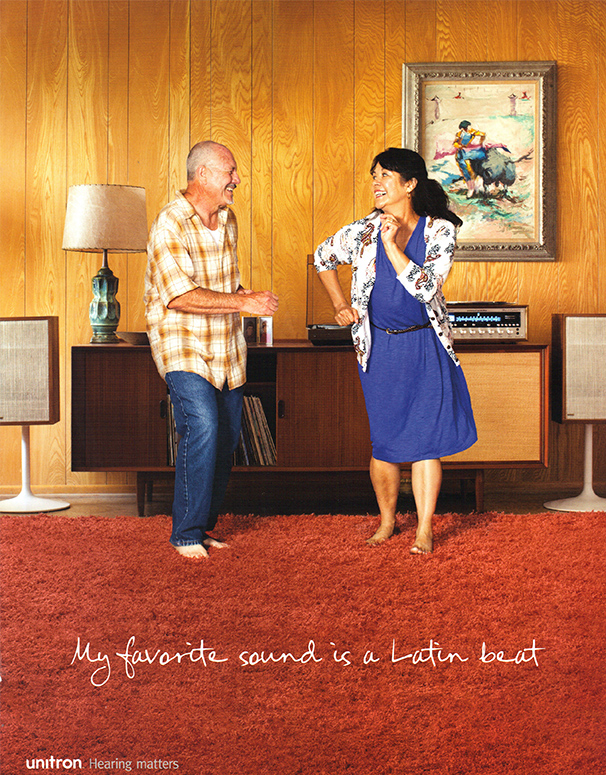
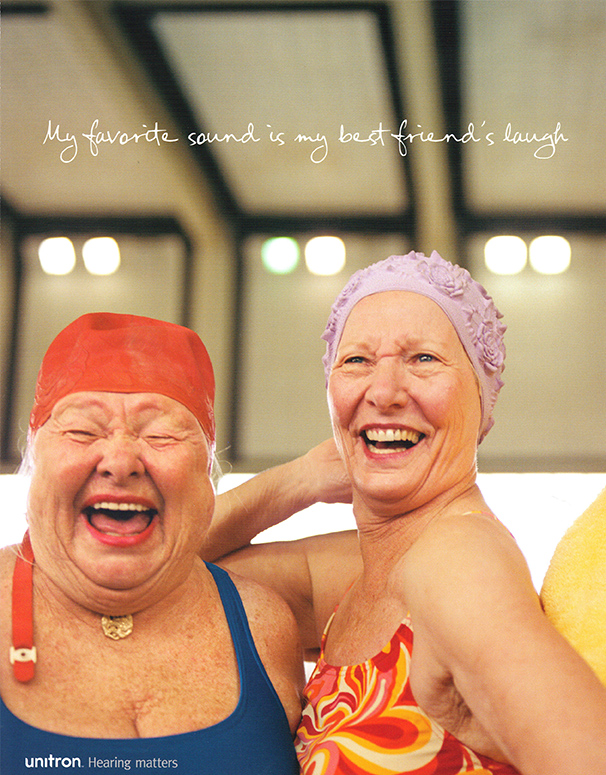
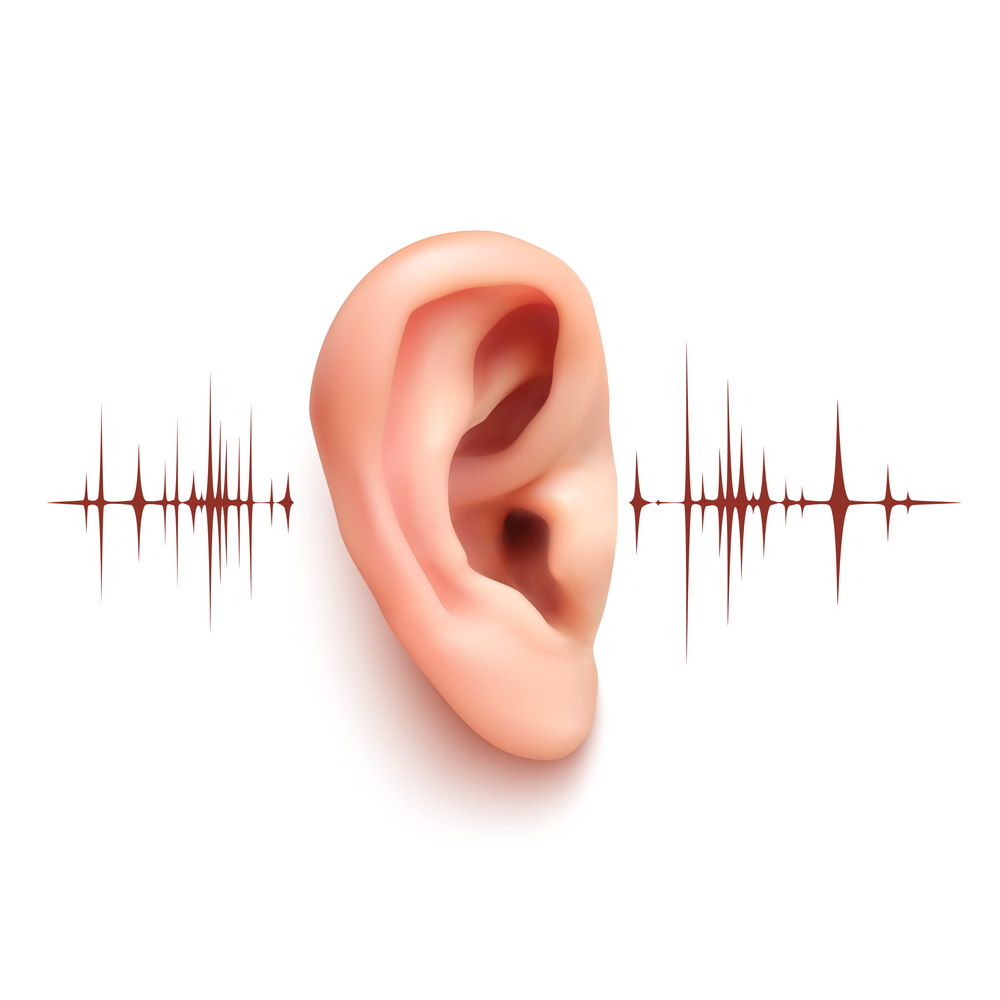
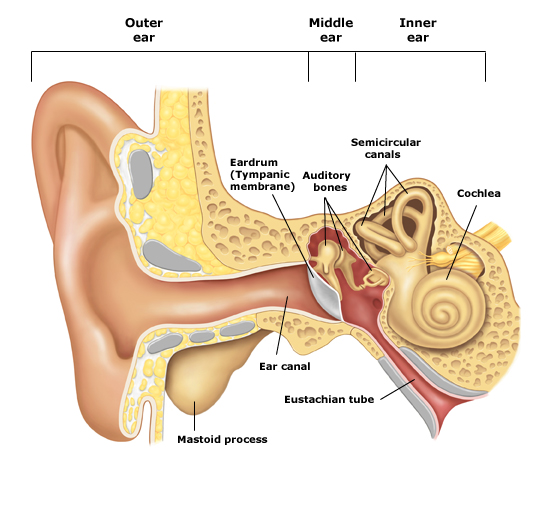
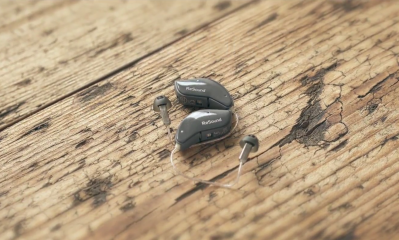

0 Comment